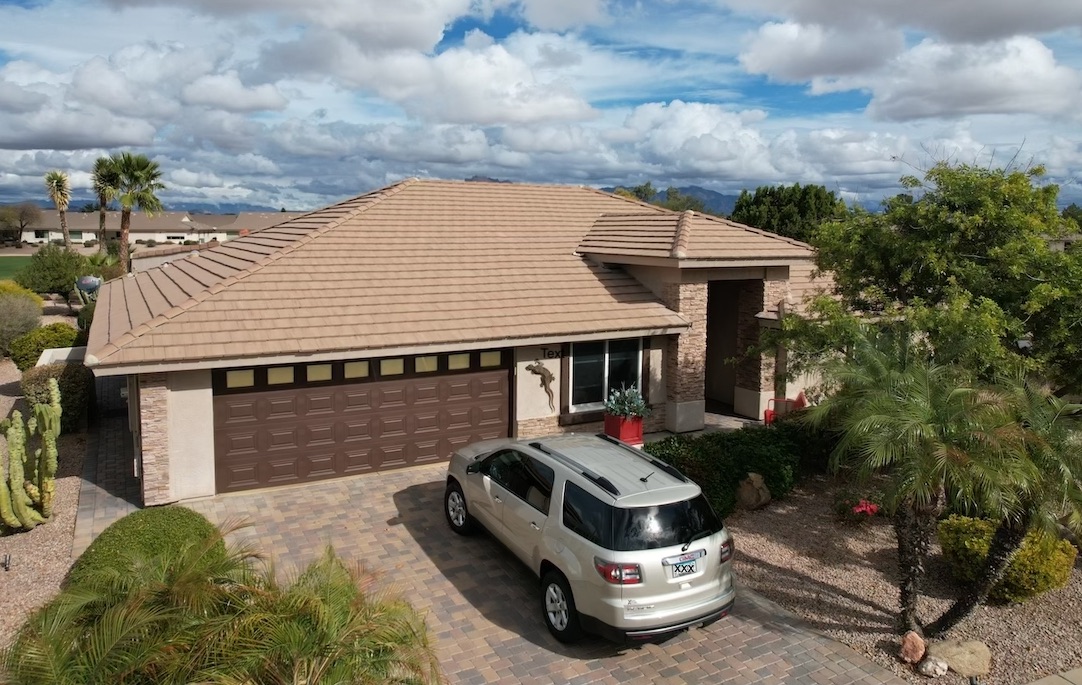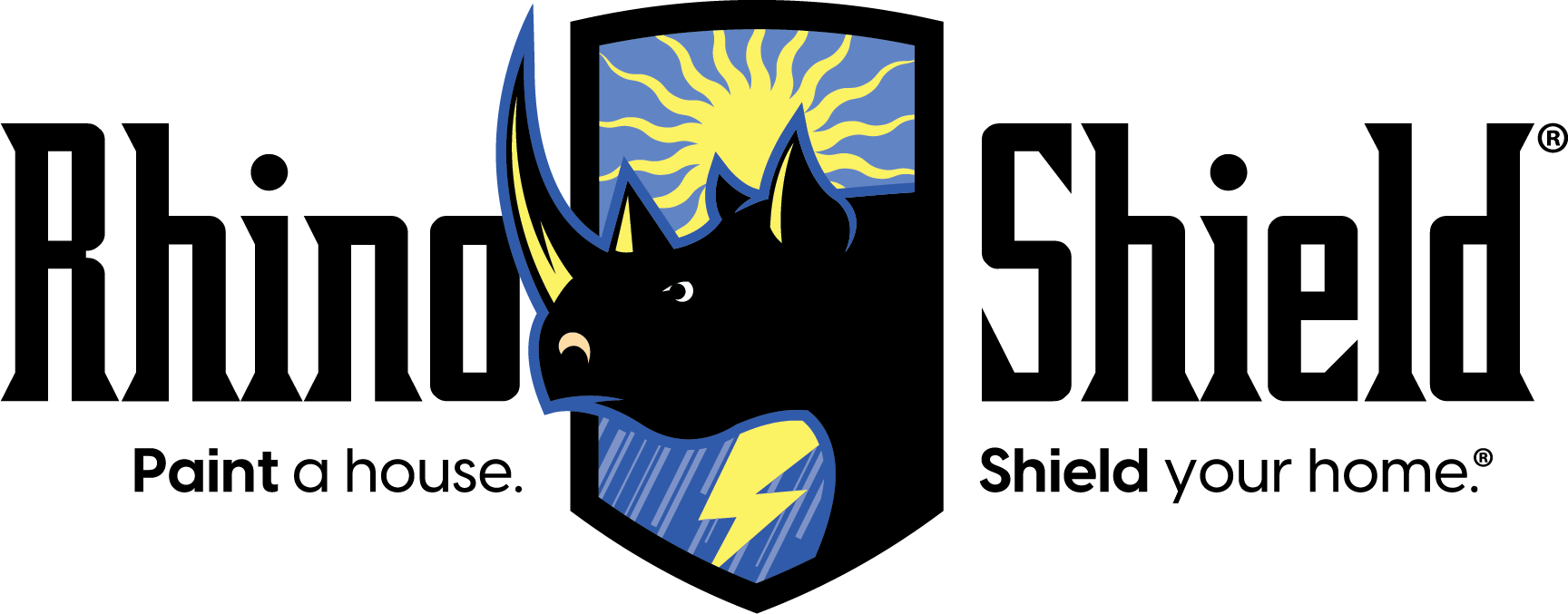How Do I Properly Prepare and Prime an Exterior Surface Before Painting?
March 19th, 2024 | 3 min. read
By admin

Painting the exterior of your home can dramatically enhance its appearance and protect it from the elements. However, achieving a professional and long-lasting finish requires more than just applying paint directly onto the surface. Proper preparation and priming are crucial steps that lay the foundation for a successful paint job.
This may lead you to ask, “How important is it to clean the surface?” and “What about potential repairs?”
Here at Rhino Shield, we'll delve into both questions and more. We’re here to provide you with a transparent checklist for preparing and priming exterior surfaces, ensuring optimal adhesion and durability for your exterior coating.
-
Ensure a Clean, Dry, and Smooth Substrate:
Before any painting can commence, it's imperative to start with a clean, dry, and tight surface. Any dirt, grime, or moisture present on the surface can compromise the adhesion of the paint and lead to premature coating failure. A tight surface means no loose wood fibers, no scaling/flaking rust, nor any delamination of prior paints. Begin by thoroughly cleaning the surface using a pressure washer or a solution of water and detergent. Allow the surface to dry completely before proceeding.
-
Address Moisture Issues:
Moisture is the enemy of paint adhesion. This includes surface moisture and internal moisture levels. Before priming, it's essential to inspect the surface for any signs of moisture or water dew. If it’s there, it must be dried off. Any excess moisture on the surface will hinder the primer’s ability to bond tightly with the material and may cause blistering or bubbling of the paint.
Additionally, installers must use moisture meters to gauge exactly how much moisture is inside the material. This is especially imperative for porous materials like:
- Brick
- Stucco
- Wood
Generally, you’d want your moisture levels to be 16% or less to avoid the risk of trapping that moisture inside the coating and disturbing a primer’s adhesive property. High moisture inside a home’s material is usually an indication of an underlying issue with the house. For example, bad gutters, roof leaks, water intrusion around window openings, and foundation problems are known causes of moisture-related issues.
Allow the walls to dry after pressure washing. When a painter is in a hurry to finish the job, priming too quickly after washing is a classic mistake.
Regardless of what might be causing high moisture in your home’s walls, you want to go with painters who meticulously inspect all potential problems with your home. This will greatly reduce the chances of coating failure. A painting contractor that doesn’t use moisture meters is a tell-tale sign that they aren’t taking a holistic approach to evaluating your home. Good painters will always make an effort to reduce risk and provide a job that will last.
-
Sanding and Scraping Rough Surfaces:
For rough, old, and deteriorated surfaces, sanding and/or scraping are necessary to achieve optimal adhesion. For a primer to adhere the best to a substrate, the surface needs to be tight.
One example is wood, which typically comes down to removing any loose or flaking paint, and loose, soft, and decaying wood fibers. Have you ever seen a deck where the wood looks gray? That gray color is the decaying surface. To get the look and feel of the rest of the wood, you need to remove that surface layer.
Another example is metal that commonly rusts. Scaling and flaking rust needs to be removed to get a tight surface.
-
Replace Withered Materials:
Despite cleaning and sanding, some materials may be too deteriorated to provide a suitable substrate for painting. In such cases, it's necessary to replace the damaged or withered materials, whether it's wood, cement board, stucco repairs, or other materials. Ensuring a sound and sturdy substrate is essential for the longevity of the paint job.
-
Select the Right Primer:
Choosing the right type of primer is paramount to achieving a successful paint job. Different surfaces require specific primers tailored to their unique properties. For instance, Rhino Shield offers a variety of primers designed for different materials. The type of primer we use on brick is different than what we use on cement. The type of primer used on steel differs from the one used on aluminum.
Rhino Shield is applied as a system utilizing many different primers. Some primers have a broad use and others have specific purposes. For our wood installations, we don’t always use the same primer. The primer will vary based on the age and species of the wood. Even if you don’t choose Rhino Shield, please make sure your painters utilize various primers formulated for your specific home or your distinct building material. If not, the adhesion may be subpar.
Conclusion
Proper preparation and priming are essential steps in achieving a professional and long-lasting paint job on exterior surfaces. You can enhance the appearance and protect the exterior of your home for years to come by ensuring:
- A clean, dry, and tight substrate
- Addressing moisture issues
- sanding and scraping rough surfaces
- Replacing deteriorated materials
- Selecting the right primer
Whether you choose Rhino Shield or another reputable painting company, prioritize these essential steps to ensure a paint job that stands the test of time.
If you’re interested in Rhino Shield’s 25-year guaranteed exterior coating, scroll down for a free, no-obligation quote.

